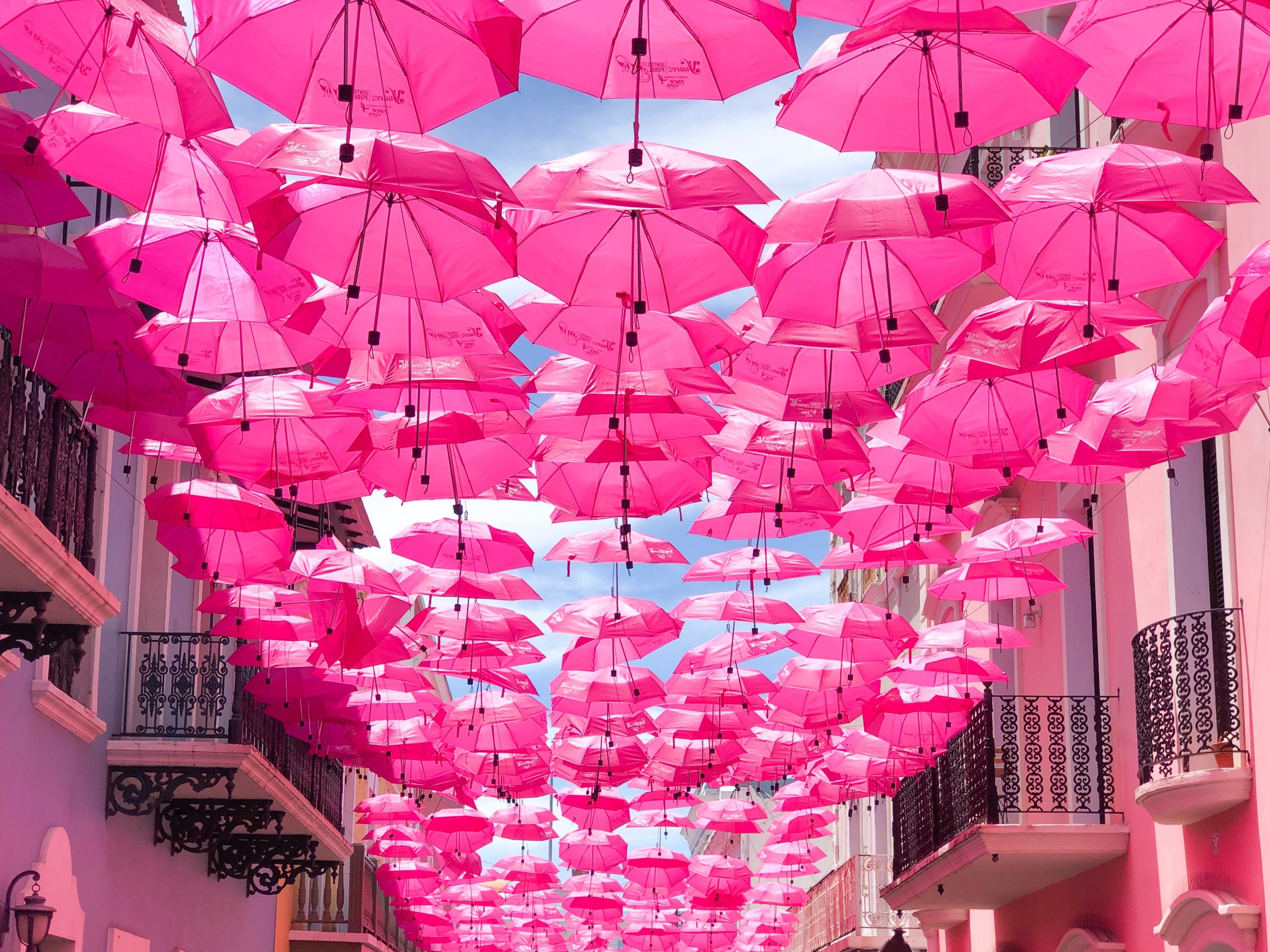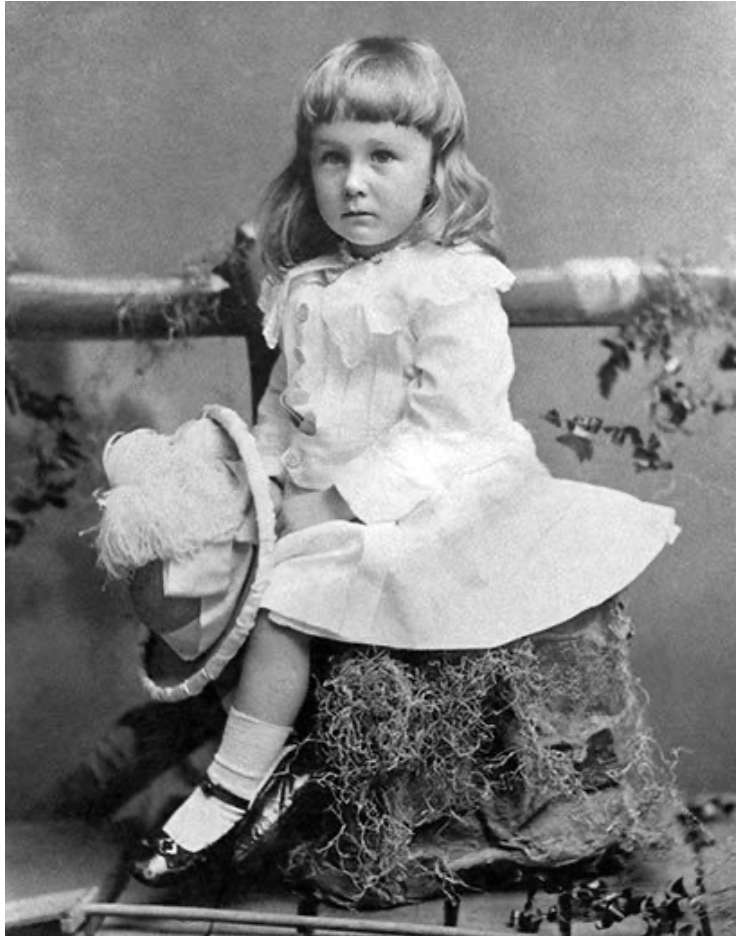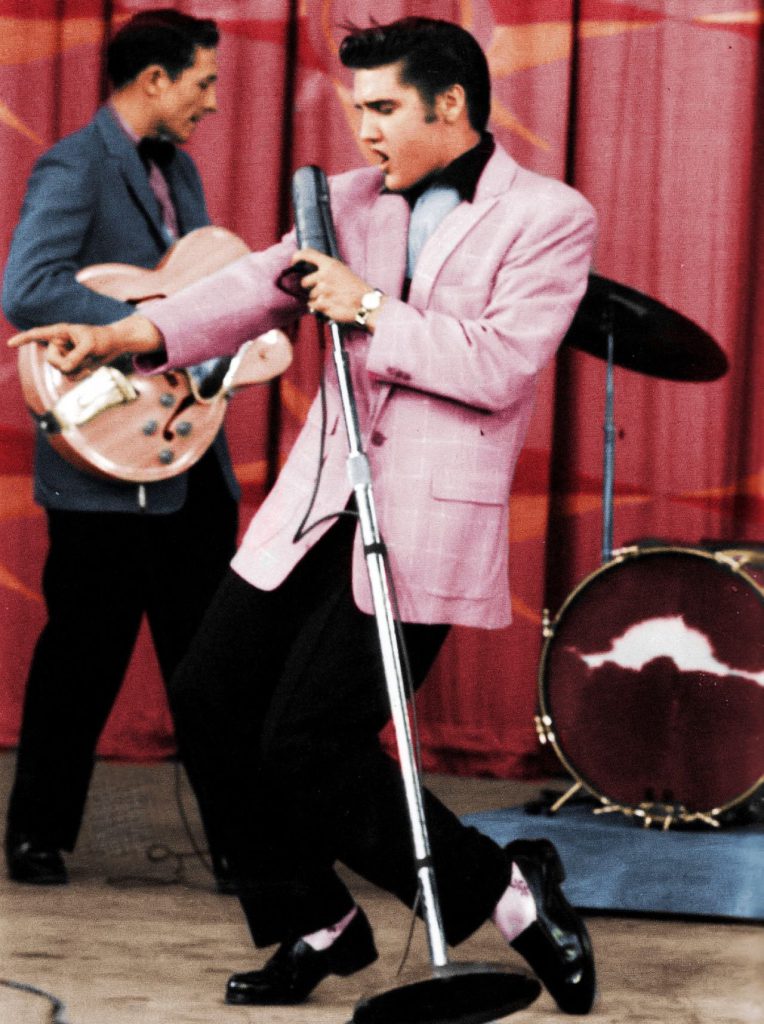FB Live sign-up HERE.
It’s an unforgettable moment.
About 30 minutes into The Matrix, Neo is offered a choice between the red pill and the blue pill.
The blue one keeps you safe but stuck in a beautiful prison.
The red one––the infinitely riskier one––wakes you up.
It’s a terrific metaphor for the willingness to spiritually awaken.
(Which also means it’s often dubiously coopted by conspiracy theorists but even so….)
Given that it’s Pride month I want to pull the curtain back on red and blue in another way.
Namely, by examining the traditional maxim that “blue is for boys and pink is for girls.”
While those color preferences seem part of a conservative tradition, they also nonetheless seem organically right, even to me.
Pink just feels soft and sweet and feminine.
That’s why I find it fascinating that this wasn’t always the case.
You see, until relatively recently, the opposite was true.
In fact, in 1890 Ladies Home Journal declared that while white was the preferred color for babies in general, that:
“Blue is for girls and pink is for boys, when a color is wished.”
It’s not quite a Neo-level of reawakening, yet it’s startling to think there was a time when the exact same colors were perceived completely differently.
What feels completely natural to us, such as how we interpret a color, is often actually just learned through our culture.
Indeed, I find it quite startling to think that parents were told that if you wanted your son to be masculine in the 1890s, you’d dress him up in pink.
Here’s why.
Until the turn of the century, pink was the color of choice for little boys because it was a softer version of red, the color associated with war and aggression.
Girls were clothed in blue since in Christianity, blue is associated with the Virgin Mary.
For generations, this was the case.
In fact, beyond this, it was only until just before World War I that children were even given gender specific outfits.
The reality was that until the age of around 6 (when they got their first haircut) both boys and girls wore white dresses since they were easy to bleach.
Some of the reasons we make associations with colors are innate and unconscious.
Others are the results of strategic marketing.
For example, as prenatal testing advanced over the last few decades, merchants realized they could sell a lot more goods to expectant families if gender was known before birth.
IE, you’d be forced into buying a new baby wardrobe if you knew your second child’s gender was different than your first.
It’s truly fascinating to ponder how the meanings of color can swing full circle and reverse.
By the time Elvis was wearing pink––as does a lead male character in the 1959 novel A Separate Peace––it’s a minor act of Fashion Rebellion.
I had a terrific conversation recently with internet sensation Jeffrey Marsh in preparation for our Facebook Live.
(It’s this Wednesday June 9th at 4pm EST; sign up HERE if you want a reminder or the recording).
I loved Jeffrey’s book How To Be You for so many reasons but particularly because it encourages us to go beyond the stereotypes of race, age, and gender.
It promotes a deeper kind of looking, one where we can question things that seems inherent and obviously true.
Things like “Blue is for Boys and Pink is for Girls.”
I know our conversation with Jeffrey this Wednesday will be fun and funny and I warmly invite you to join.
And…if we’re open to it…color stereotypes aside…it might just be a micro-dose of the red (or maybe pink) pill all of us need to keep awakening.
Namaste for Now,
Newest Meditation is HERE
And if you want a few gentle reminders for future Book Clubs including the one this week with Jeffrey Marsh just click HERE.






